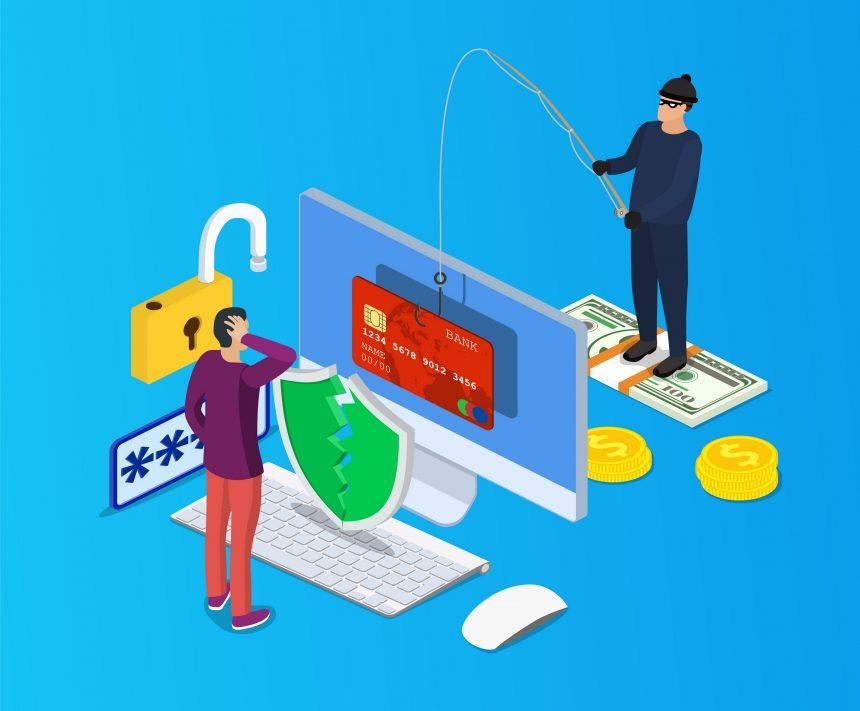Scams and phishing attempts continue to evolve, targeting unsuspecting users with sophisticated tactics. One such threat is the “Webmail Confirm Domain Ownership” scam, which masquerades as a legitimate email verification process but is designed to deceive and compromise your security.
Understanding the Threat
The Webmail Confirm Domain Ownership scam typically arrives in the form of an email that appears to be from a trusted source, such as your email provider or a domain registrar. The message urges you to confirm domain ownership by clicking a link or downloading an attachment. Unbeknownst to the recipient, these actions lead to the installation of malicious software on their system.
Actions and Consequences
Clicking on the link or downloading the attachment initiates the malware installation process. Once installed, the malware can:
- Steal Credentials: Capture usernames, passwords, and other sensitive information.
- Install Backdoors: Allow unauthorized access to your system for further exploitation.
- Execute Commands: Perform malicious activities under the radar, such as sending spam or participating in denial-of-service attacks.
Detection names for this malware may vary depending on the security software, but common identifiers include Trojan horses and phishing malware. Similar threats include email phishing campaigns that impersonate trusted entities to deceive users into disclosing sensitive information.
Removal Guide
Removing the Webmail Confirm Domain Ownership malware requires thorough steps to ensure complete eradication:
- Disconnect from the Internet: Disable Wi-Fi and unplug Ethernet cables to prevent the malware from communicating with its command-and-control servers.
- Enter Safe Mode: Restart your computer and enter Safe Mode to minimize the malware’s ability to operate.
- Identify Malicious Processes: Use Task Manager (Ctrl + Shift + Esc) to identify and end any suspicious processes related to the malware.
- Delete Temporary Files: Clear temporary files and caches that may harbor malicious components.
- Scan and Remove Malware: Use a reputable antivirus or antimalware software to perform a full system scan and remove detected threats.
- Reset Browser Settings: Malware often alters browser settings. Resetting them ensures the removal of unauthorized changes.
- Update Security Software: Ensure your antivirus definitions are up to date to protect against the latest threats.
Best Practices for Prevention
To safeguard against such threats in the future, consider implementing these best practices:
- Verify Sources: Always verify the legitimacy of emails and messages, especially those requesting sensitive information or actions.
- Enable Two-Factor Authentication: Add an extra layer of security to your accounts to mitigate the impact of stolen credentials.
- Educate Users: Educate yourself and others about phishing tactics and how to recognize suspicious emails.
- Regular Backups: Regularly back up important files to minimize the impact of ransomware and other destructive malware.
By following these steps and remaining vigilant, you can significantly reduce the risk of falling victim to scams like Webmail Confirm Domain Ownership.
Conclusion
The Webmail Confirm Domain Ownership scam underscores the importance of cybersecurity awareness and proactive defense measures. By understanding the threat, knowing how to remove it, and implementing preventive strategies, users can better protect themselves against evolving cyber threats.





